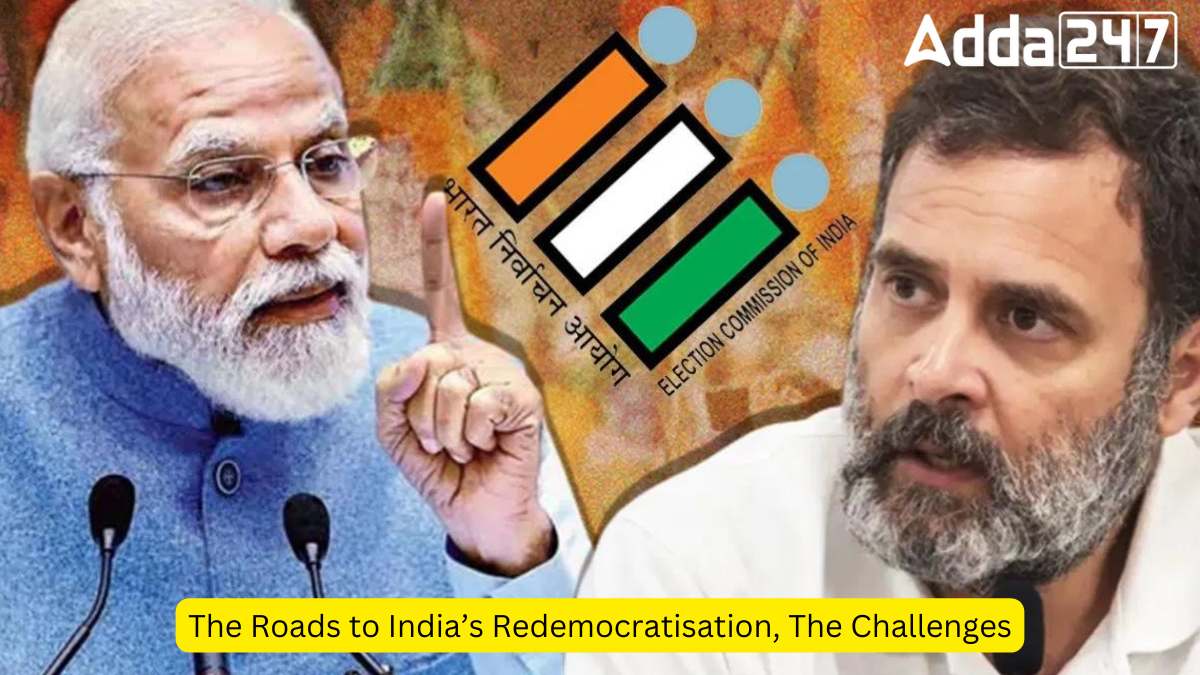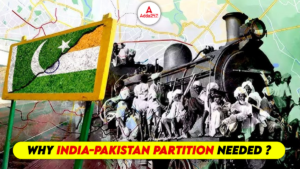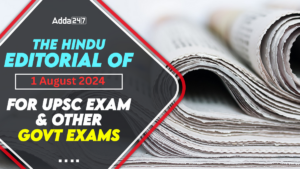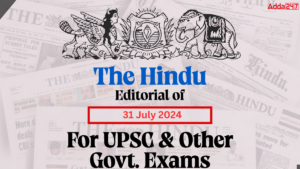The margin of victory for Indian Prime Minister Narendra Modi’s third consecutive five-year term was less than anticipated. However, Modi’s popularity at home and the connections he has helped India create overseas will make the progress of his nation one of the most significant tales of the ensuing ten years. Although there hasn’t been a change in power, which is a requirement for classifying an election as “critical,” the 18th Indian general election most likely signifies the end of a cycle. It appears that the Bharatiya Janata Party’s loss of majority is sufficient. It may very well be the case that a re-democratization process may eventually come to an end, but only in particular circumstances. A decade of re-democratization in India has resulted in the concentration of political and economic power in the hands of a small number of men at the top of the state apparatus, making decisions for the rest of the population at the expense of many other institutions, including Parliament and federalism. A small group of friends might control the nation’s resources and the economy in the business sector. Inequalities grew throughout this era, but the impoverished persisted in backing a pro-rich administration on the grounds of, among other things, religion; identity politics and community polarization, which prioritized minorities above societal concerns, were commonplace.
No Shift but Tilt in The Parties
The BJP’s domination has changed the balance of power in India, but this will be the first time in Modi’s political career that he must play the coalition game. Institutions like the Indian Election Commission and the courts would be able to reclaim some of their strength as a result of his authority being weakened. Since there is no majority in favor of liberticide laws, the media may oppose their application by the government. Reviving federalism is necessary because the government would require the backing of state parties that have historically supported state autonomy, such as the Telugu Desam Party (TDP) and the Janata Dal (United).
Coalition politics should imply a greater recognition of Chief Ministers, who were not consulted before the demonetisation of 2016 and the COVID-19 lockdown of 2020. Narratives matter, as Modi’s claim of being the nation and disqualifying rivals by calling them anti-national led to an equation between Indianness and Hindutva, relegating minorities, especially Muslims. This form of identity politics may be countered by an ideological agenda prioritizing social equality. Rahul Gandhi’s yatras, the Bharat Jodo Yatra and Bharat Jodo Nyay Yatra, have made him a popular leader, despite poor media coverage.
Different scenarios in Different States:
The state of Bihar, led by Nitish Kumar, is the first to have conducted a caste census. Bihar’s chief minister can try to convince the National Democratic Alliance (NDA) to do the same or not bring up this matter at all. Different possibilities might result from the JD(U), the TDP, and others trying to further their own agendas and interests.
The most likely scenario is that the Modi government would have to make significant but manageable concessions in order to meet demands from the TDP and JD(U). In a different scenario, the TDP and JD(U) may formulate demands that have an impact on the BJP’s power dynamics or base of support. This might cause the government to collapse and perhaps give the INDIA alliance an opportunity to seize power.
After many months or maybe a year, the second scenario might come to pass, particularly if the Modi government experiences further election failures and pressure from Congress and other state parties. The opposition is stronger now and will probably continue to organize in the streets, strengthening its bonds with new allies. It’s possible that Ms. Mayawati will stop fearing to offend the ruling party and bring the Bahujan Samaj Party back to life. The expectations of the NDA’s allies and Mr. Modi’s lack of collaboration may make it impossible for him to keep the group together. Someone like Nitin Gadkari, who has the backing of the Rashtriya Swayamsevak Sangh (RSS), may succeed the Sangh Parivar.
Time is important because if the Indian Republic’s institutions had had more time to heal after ten years of degradation, a political crisis would not have had the same effect. It is anticipated that civil society would be crucial to reviving India’s democracy. If the election heralds in a new era, re-democratizing India would require more than a State-level shift in leadership, especially to combat the network of vigilantes with ties to the RSS.










 Why India-Pakistan Partition Needed?
Why India-Pakistan Partition Needed?
 Today The Hindu Editorial of 1 August 20...
Today The Hindu Editorial of 1 August 20...
 The Hindu Editorial Today 31 July 2024, ...
The Hindu Editorial Today 31 July 2024, ...

